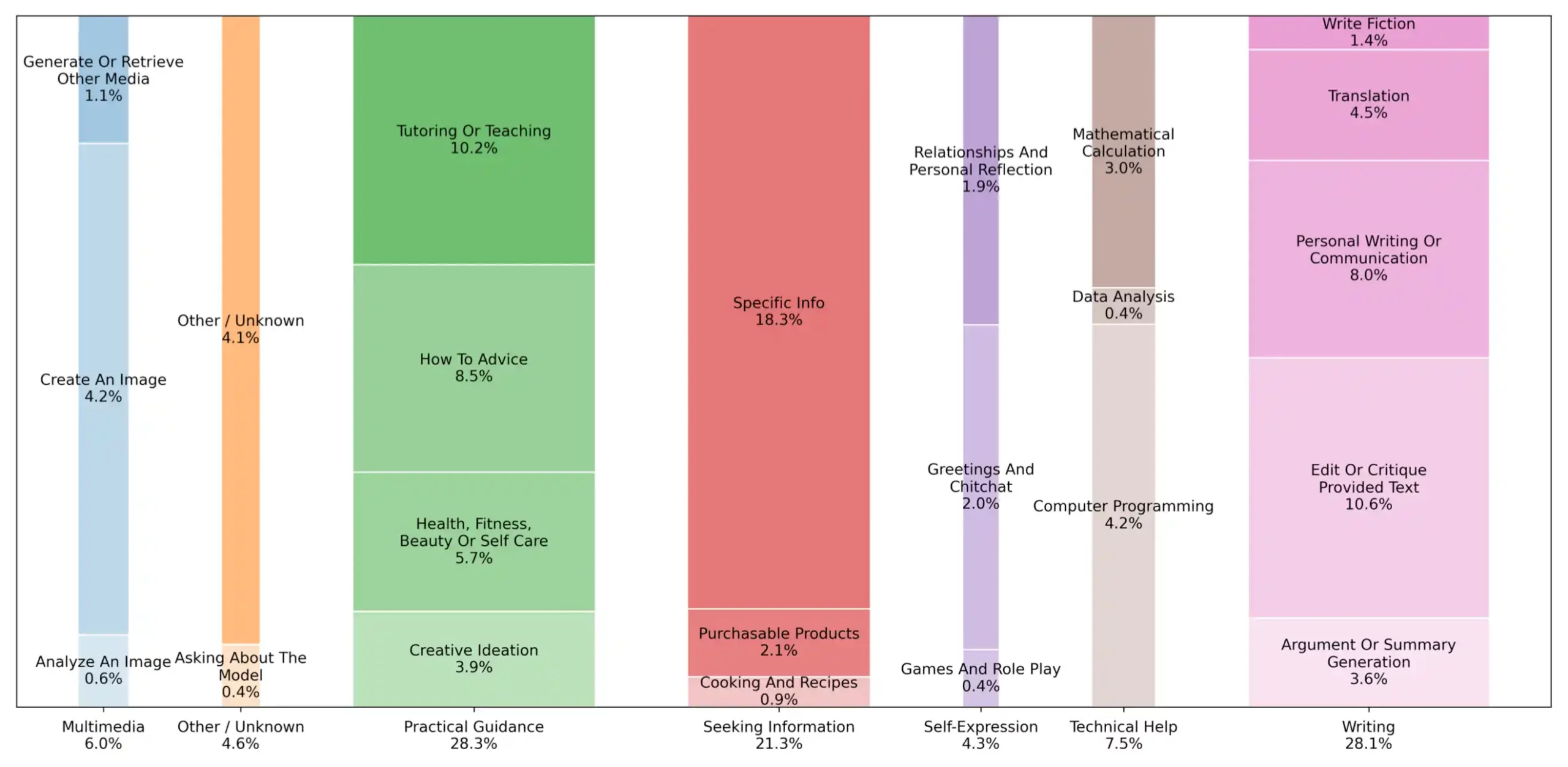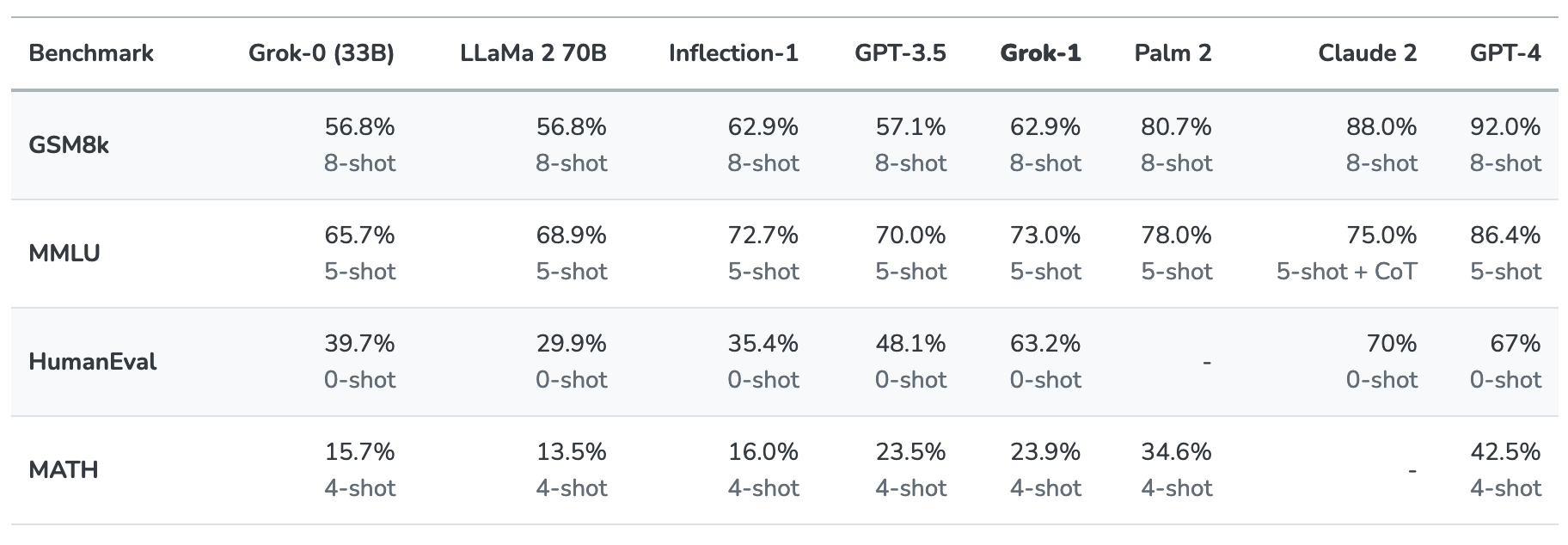
“Zuckerberg’s pivot followed the botched release of Meta’s most recent Llama 4 model, which performed worse than the most advanced offerings from Google, OpenAI and Anthropic, while its Meta AI chatbot has failed to gain traction with consumers.LeCun, however, has long argued that the LLMs that Zuckerberg has put at the centre of his strategy are “useful” but will never be able to reason and plan like humans, increasingly appearing at odds with his boss’s AI vision.
Within Fair, LeCun has instead focused on developing an entirely new generation of AI systems that he hopes will power machines with human-level intelligence, known as “world models”. These systems aim to understand the physical world by learning from videos and spatial data rather than just language, though LeCun has said it could take a decade to fully develop the architecture.”
Source : Meta chief AI scientist Yann LeCun plans to exit and launch own start-up









